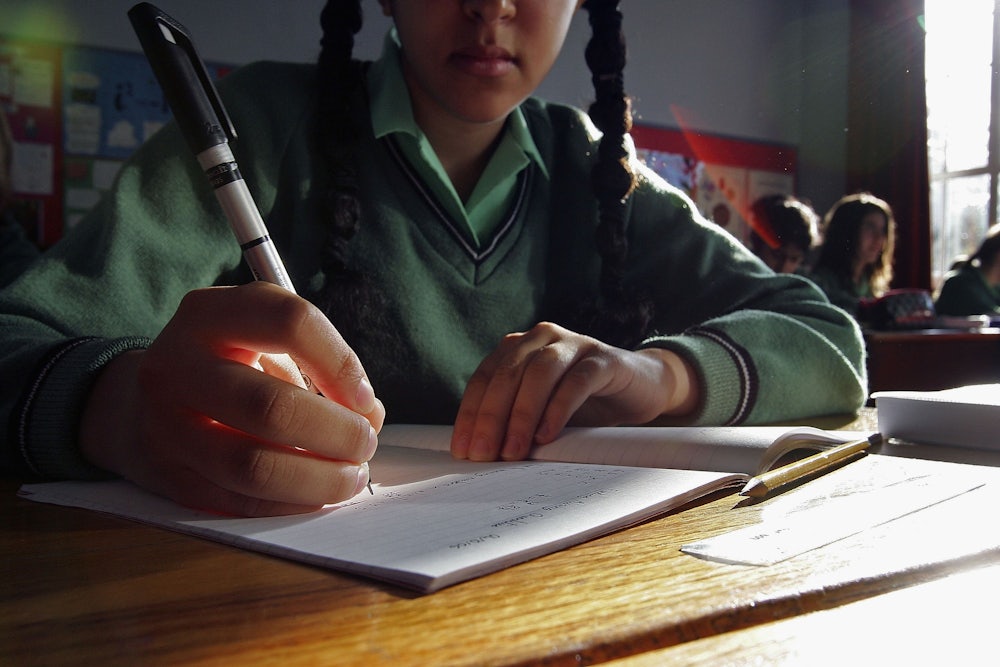For years, primary and secondary schools have been failing students of color and victims of sexual assault. Black students face disproportionately high rates of suspension and discipline in schools, and victims of sexual violence often have few resources to adequately address related trauma—leaving both groups of students behind in their education.
Today, the White House is rolling out a plan that attempts to address one part of the problem: the creation of “trauma informed schools.” The plan includes new considerations for sexual misconduct policies and school discipline reform to better serve students of color and victims of sexual violence. New resources for educators—such as the online, interactive tool “Safe Place to Learn”—are aimed at preparing teachers to create classrooms that address and meet the learning needs of students who have undergone trauma such as sexual assault.
This is a long time coming. Research over the last several years has showed that trauma-informed classrooms create better learning environments for students and decrease disciplinary issues that come from the “criminalization” of students who act out of traumatic stress. Will it solve higher incarceration rates of black youth? Probably not. But it’s a step toward much-needed reform in favor of some of the most overlooked students.
